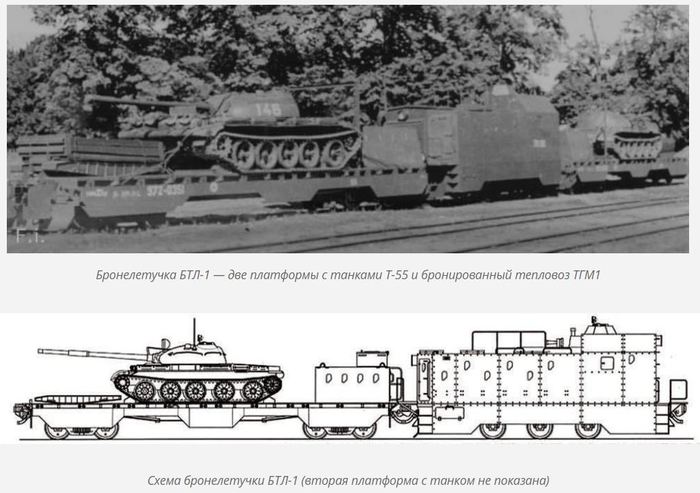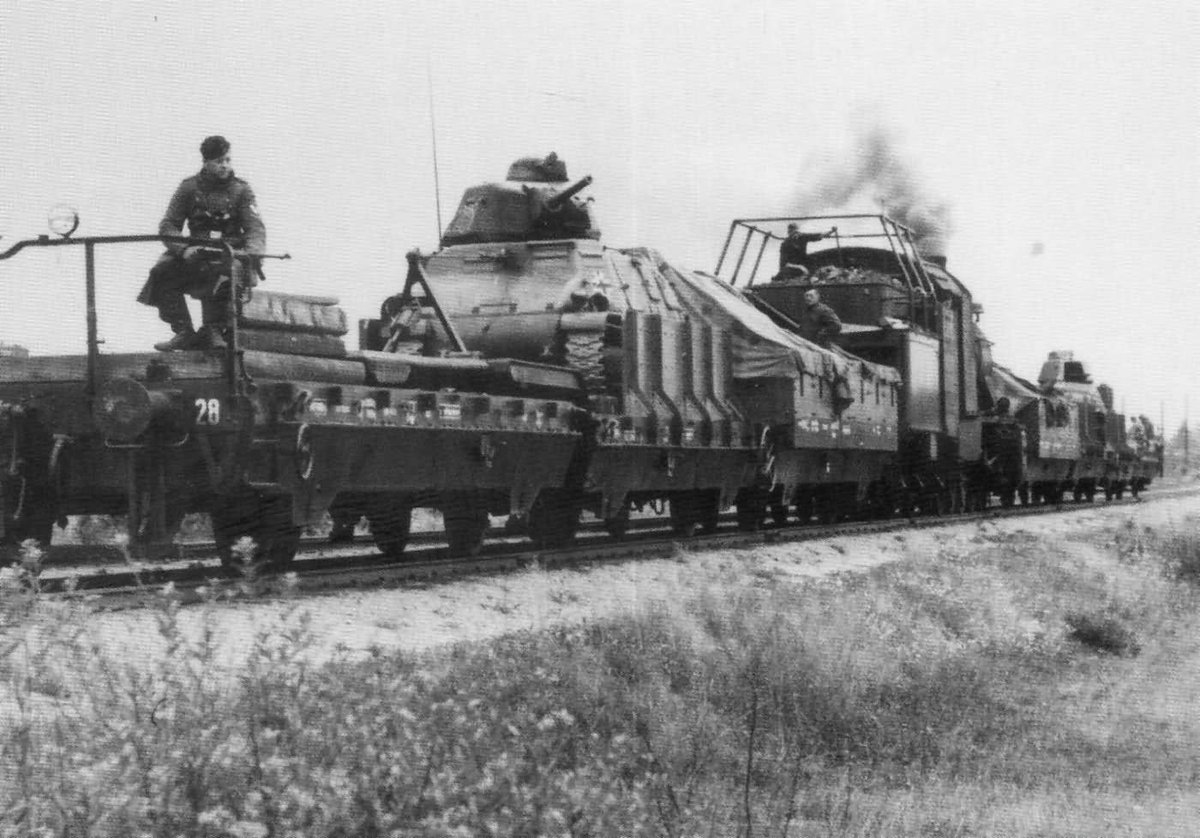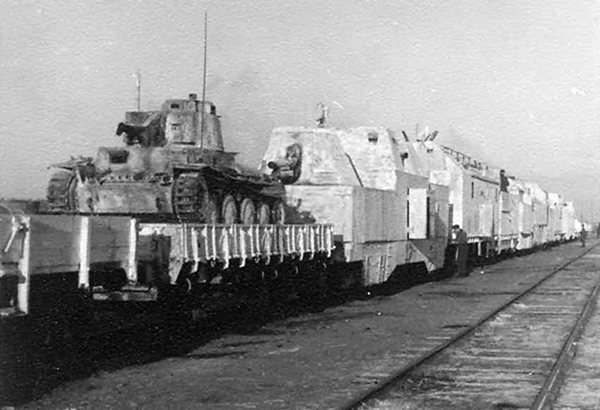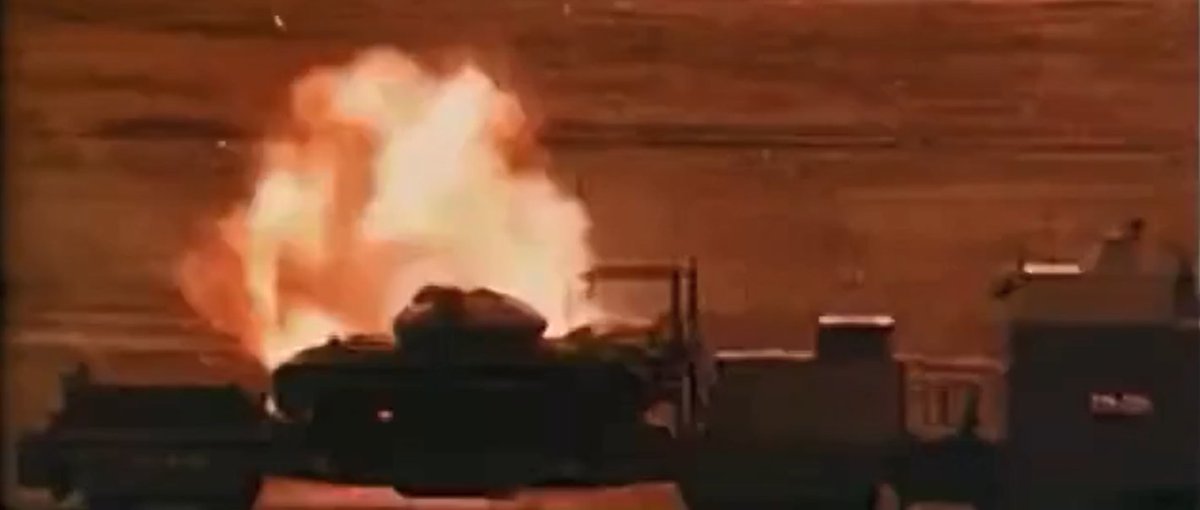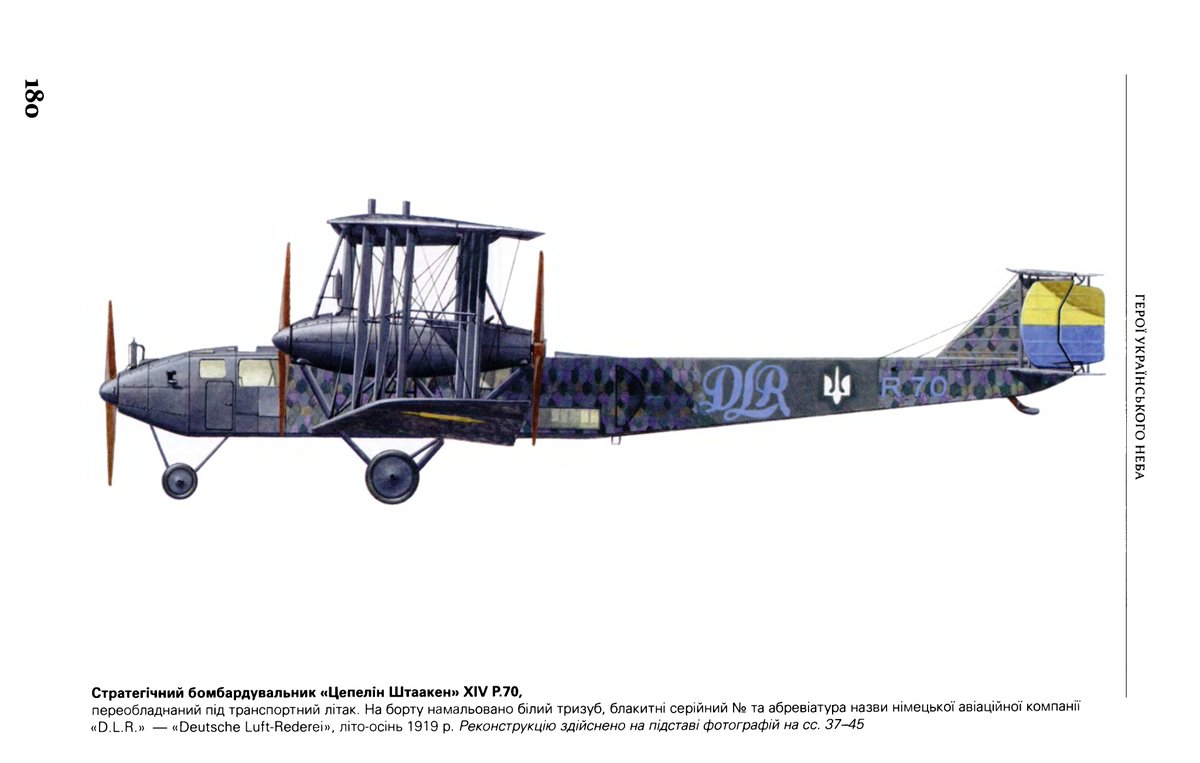(2/24) In 1971, the Gorky Auto Factory (GAZ) under chief designer Igor Mukhin developed the GAZ-50 'wheeled BMP' based on the BTR-60PB APC. It was intended to supplement the BMP-1, whose high complexity and cost precluded it ever becoming the sole Soviet IFV/APC.




(3/24) For various reasons (such as the 'only tracks can keep up with tracks' dogma), even though the GAZ-50 passed tests, it did not go into service. Mukhin would rework it into another APC called GAZ-4905, and it entered service as the BTR-70 in 1972.




(4/24) If you stare long enough at the BTR-60PB and BTR-70, you may note that the BTR-70's hull looks like it's been squashed down a bit. Indeed, this is a legacy of the GAZ-50, since they needed to compensate for the heavier turret with 73 mm 2A28 and heightened CG.




(5/24) The other most obvious difference between the BTR-60PB and the BTR-70 are the location of the side dismount hatches. The BTR-60PB has them in the upper hull, while the standard BTR-70 has them in the lower hull, between the wheels.




(6/24) The BTR-60PB's side hatches were always considered to be weakness of the vehicle, because their inconvenient location made it difficult and potentially hazardous to dismount in combat.
https://twitter.com/Teoyaomiquu/status/1682500289620856832
(7/24) The basic layout of the BTR-70 is similar to that of the BTR-60PB but there are some internal differences here as well.




(8/24) The BTR-70 is powered by twin ZMZ-4905 4-stroke V-8 petrol engines, developing a combined 240 hp. Each engine has its own transmission and gear boxes that drives 2 pairs of wheels (1st and 3rd, right engine; 2nd and 4th, left engine). Max speed is 80 km/h.








(9/24) This was for redundancy to improve the vehicle's survivability. The first two axles are steerable as well. The BTR-70 introduced separate brake drives for the wheels and insulated fuel tanks in the rear of the vehicle, isolated from the engine compartment.






(10/24) Overall, the platform has pretty good cross-country performance. It is capable of crossing trenches and ditches up to 2 m wide, thanks to its long base and 8 x 8 configuration.
(11/24) As expected, the BTR-70 is fully amphibious and has a water jet that can propel it at ~10 km/h in water. It has a single lid, instead of the double lids of the BTR-60PB.
(12/24) The main armament of the BTR-70 is identical to the BRDM-2 and BTR-60PB: 14.5 mm KPVT and 7.62 mm PKT. The conical turret is identical as well.
https://twitter.com/CalamineW/status/1701340442107719811
(13/24) The BTR-70 can also carry 2 Strela-3 (9K34) MANPADS, 2 AGS-17 automatic grenade launchers, and 1 RPG-7. 

(14/24) The BTR-70 can carry 7 infantrymen, 6 of whom sit in the passenger compartment, with another behind the commander (1). The seats can be folded up and held by straps in order to accommodate wounded on stretchers for casevac.








(15/24) Unlike on the BTR-60PB, the BTR-70's passengers sit facing outwards to the sides of the vehicle. This makes it easier for them to use the fire ports. These are meant for AKs, but you can use a Mosin, if you are so inclined.
(16/24) Armour is a meagre 8-10 mm maximum on the front hull, 6 mm elsewhere. This might stop fragments and non-AP bullets, but not much more.




(17/24) Experience with the BTR-70 in the Afghan War was not very positive, suffering overheating and power loss in the 'hot and high' Afghan climate, insufficient gun elevation, and the troublesome double engine. This feedback led to the BTR-80.
thesovietarmourblog.blogspot.com/2014/11/btr-80…

thesovietarmourblog.blogspot.com/2014/11/btr-80…

(18/24) In general, Russia has moved on to the BTR-80 series (which includes the autocannon-armed BTR-82A). The only two BTR-70s lost that appear on are from the 9th Motor-Rifle Brigade.
warspotting.net
ukr.warspotting.net/search/?bellig…

warspotting.net
ukr.warspotting.net/search/?bellig…

(19/24) This leaves Ukraine as the largest user of the BTR-70 today. Zhirokhov estimates that Ukraine inherited ~1,500 BTR-70s, of which 357 were exported and most put into storage, leaving only 450 in service in 2014.
fraza.com/analytics/2717…

fraza.com/analytics/2717…

(20/24) As of 2018, Zhirokhov conservatively estimated 600-640 BTR-70s in Ukrainian service, including NHU and TrO units. This is in contrast to the 237 quoted by The Military Balance, which is one of the reasons why I personally never take any of their figures seriously.




(21/24) The ZSU lost at least 34 BTR-70s between 2014-15, most by the 92nd Mech. Brigade during the fighting around Ilovaisk on 27 Aug 2014 to Russian artillery. The fleet was also afflicted by poor reliability of the ZMZ-4905 engines.




(22/24) There have been several efforts to modernise the BTR-70, replacing the old and unreliable engines. The BTR-70M and BTR-70Di are examples of such projects, the former using the BMP's UTD-20 engine and the latter Italian Iveco diesels. They also feature BTR-80 hatches.




(23/24) The BTR-70M was abandoned after about 20 were made, though the BTR-70Di appears to have been more successful. It's been reported that they were to be modernised with thermal sights, satnavs, and modern radios.
mil.in.ua/uk/modernizacz…

mil.in.ua/uk/modernizacz…

(24/24) However, the vanilla BTR-70 remained the main BTR in Ukrainian service at the start of 2022, supplemented by smaller numbers of BTR-80s. It will likely remain that way until the West supplies many more APCs. Until, then, the BTR-70 will continue to serve.




• • •
Missing some Tweet in this thread? You can try to
force a refresh




